I2C, SPI, UART (RS232), VGA in VHDL for FPGA interfacing
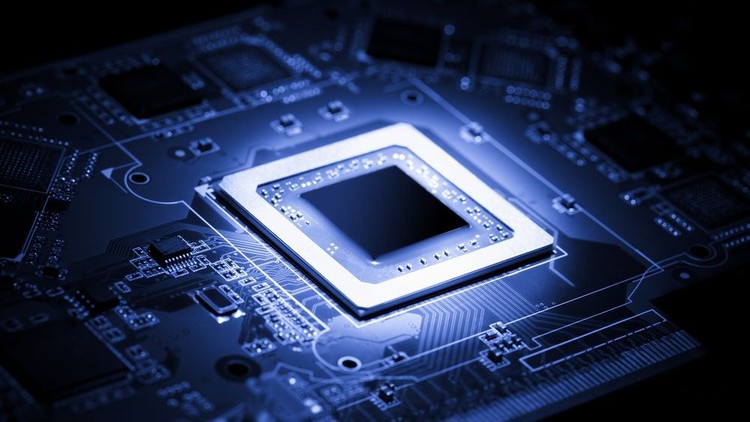
Why take this course?
🎓 Course Title: Mastering I2C, SPI, UART (RS232), VGA Protocols & VHDL Implementations for FPGA Interfacing
🚀 Course Headline: Unlock the Secrets of Serial Communication with VHDL on FPGAs!
Dive into the World of High-Speed Digital Communications!
Are you ready to expand your expertise in digital communications? Whether you're an electronic engineer, a student, or a hobbyist interested in FPGA technologies, this comprehensive online course will guide you through the intricacies of I2C, SPI, UART (RS232), and VGA communication protocols using VHDL.
What You'll Learn:
-
Fundamental Concepts: Understand the basics of each communication protocol – from their architectures to use cases.
- I2C: A two-wire, multi-master, multi-slave serial bus.
- SPI: A synchronous serial communication interface with full-duplex data transfer.
- UART (RS232): A standard for asynchronous serial computer communication.
- VGA: A digital video interface for transmitting video signals from a display controller to a display device.
-
VHDL Mastery: Gain a deep understanding of VHDL programming, including timing constraints and state machine implementation within the FPGA context.
-
Detailed Implementations: Learn how to implement these protocols in VHDL with detailed examples for each.
-
Timing Analysis: Analyze and interpret the timing waveforms that are essential for successful communication protocol implementation.
Why This Course?
-
Expert Instruction: Taught by Prof. Dr. Academic Educator, a seasoned expert in digital communication systems and VHDL.
-
Real-World Application: Translate theoretical knowledge into practical skills that you can apply to real-world FPGA applications.
-
Hands-On Approach: Engage with practical examples and exercises that bring theory to life.
-
Community Support: Join a community of like-minded individuals and collaborate on projects and discussions.
Course Structure:
-
Introduction to Communication Protocols: Overview of I2C, SPI, UART (RS232), and VGA protocols.
- Understanding the differences and use cases for each protocol.
- The role of these protocols in modern electronics and embedded systems.
-
Deep Dive into VHDL: Exploring the basics of VHDL, with a focus on timing and state machines.
- Syntax and semantics of VHDL.
- Writing effective VHDL code for FPGA implementations.
-
Protocol Implementation in VHDL: Step-by-step guide to implementing I2C, SPI, UART (RS232), and VGA protocols in VHDL.
- Detailed examples for each communication protocol.
- Best practices for timing analysis and resolution.
-
Practical Exercises: Engage with real-life scenarios where you can apply your newfound knowledge to design and simulate your own communication systems.
-
Final Project: Cap off your learning by designing a comprehensive communication system using I2C, SPI, UART (RS232), or VGA protocols in VHDL for FPGA interfacing.
Who Is This Course For?
- Electrical/Electronic Engineers
- FPGA Designers
- Students of Computer Science and Electronics
- Hobbyists working on DIY embedded systems, robotics, etc.
- Anyone interested in the field of digital communication and VHDL programming for FPGAs!
Get Started Today! With a blend of theoretical knowledge and practical application, this course is your stepping stone to mastering serial communication protocols using VHDL on FPGA devices. Enroll now and embark on a journey towards becoming an expert in digital communications! 🌟
Course Gallery
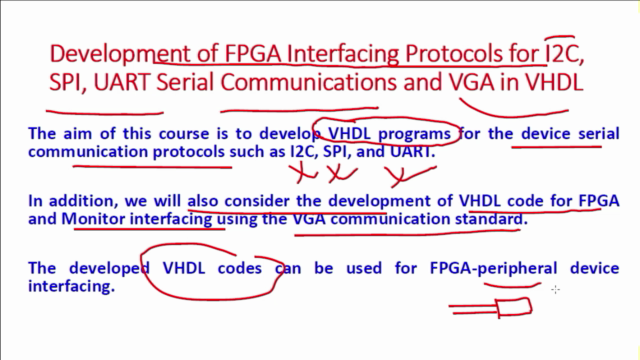
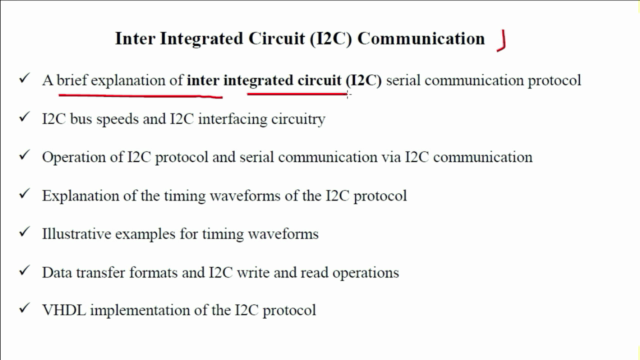
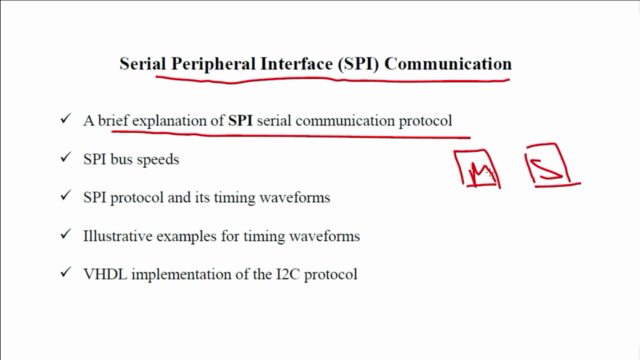
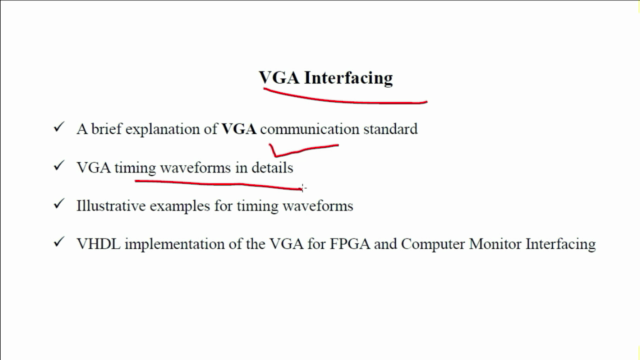
Loading charts...